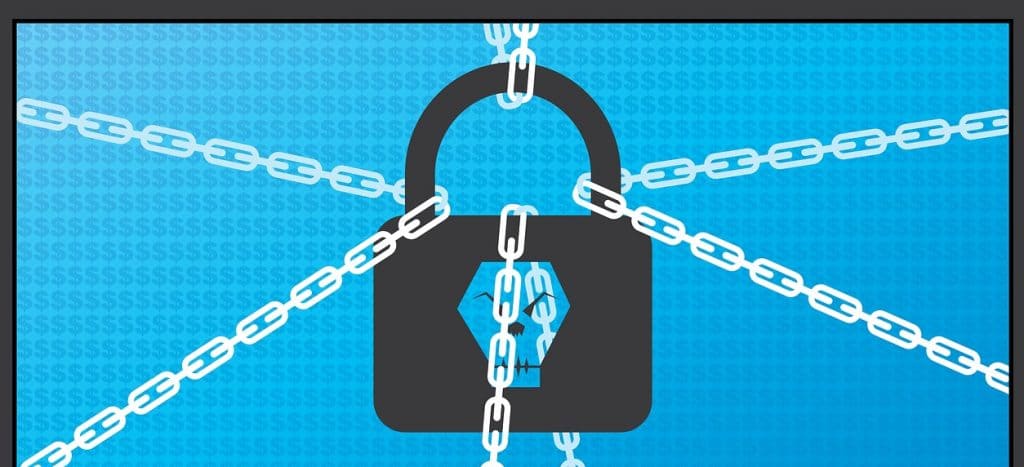The days of the server under the desk or locked in a forgotten cupboard should be behind us, but too many businesses continue to court risk with unconsidered IT strategies writes Séamus Dunne, Managing Director, Digital Realty.

Séamus Dunne, Managing Director, Digital Realty
With computers, as with anything else, the old expression of ‘horses for courses’ holds true.
The reality is that there is no single correct strategy for enterprise IT, because each and every business has unique factors to consider when it comes to plotting out the right compute, storage and networking setup to support its activities.
There can be good reasons to keep some applications on-premise, for instance. Just as a rush to the public cloud – something which happened in hype more than in reality – has its downsides, so too can there be valid reasons for choosing to run your own infrastructure. Highly-specialised legacy applications, for one thing, may be unsuited to a cloud environment (though it is certainly possible to shift them to colocation, offering the best of both worlds).
However, choosing to stick to a well-architected on-premise strategy is one thing, but many Irish businesses are lagging when it comes to adoption of modern IT strategies.
Research carried out by Amárach for Digital Realty and Hewlett Packard Enterprises (HPE) found that, in Ireland, the global shift away from storing data in owner-operated server rooms had been passed by.
Instead, many Irish enterprises continue to own and operate server rooms, something that is exposing them to a range of risks from cybersecurity to nimble competition.
While nearly half (45%) of respondents surveyed confirm they are moving towards a hybrid IT environment, findings reveal a big variance between enterprises headquartered in Ireland, versus those headquartered elsewhere with operations in Ireland (36% v 67%), showing the country is slower to embrace hybrid IT than others.
While this finding is surprising, especially given Ireland’s reputation as a centre of excellence in IT, it is perhaps understandable. There is comfort in routine, and as the saying goes ‘if it ain’t broke, don’t fix it’. The question is, though: might the old paradigm already be broken?
Future proofing IT
The reality is that the destination for most enterprise IT is hybrid, consisting, potentially, of some mixture of on-prem, but centred on private co-location, and making use of public cloud where it is appropriate. Even when an application is running well, its location should be considered.
The Digital Realty/ HPE research found that we will continue to see an increase in the move of workloads to the public cloud in the next two years (+23%) and within the same time period the use of colocation will double approximately (+111%).
Fundamental questions need to be asked, such as, is business data secure, both physically and in terms of cyber-attacks?
Given that 53% of respondents to the Digital Realty/HPE survey said they were concerned about security, this poses the question: has inertia resulted in an unnecessarily wide and insecure attack surface for Irish businesses?
Traditional server rooms carry other risks, too. Notable among them are lack of capacity and inability to scale, two other factors that senior Irish IT and business leaders expressed concerns about. In addition, the global IT skills shortage has now spread well beyond cybersecurity, and therefore managing on-premise IT can become a serious headache.
Indeed, something as simple as staff retirement could throw the management of crucial data into disarray, while strict adherence to back-up policy and disaster recovery strategies have often been found wanting.
Leaving data and applications running in the server room has a further hidden cost in that it ties up existing IT personnel resources in maintenance, meaning a reduction in IT’s contribution to strategic business planning.
Taken together, all of these issues point to a wider problem: can a business stuck with yesterday’s IT strategy really make the leap to a fully-hybrid IT environment that can not only support business needs today, but also lead it into the future? The real risk is not in drawing up a strategy to address the coming challenges but in failing to face up to them at all.
To download Digital Realty’s research report “The Drivers and Challenges of Ireland’s IT landscape” click here.
Read More:
Highlights of Day 1, Dublin Tech Summit 2022
ePrivacy regulation, malware upsurge and critical infrastructure key cybersecurity trends in 2019

